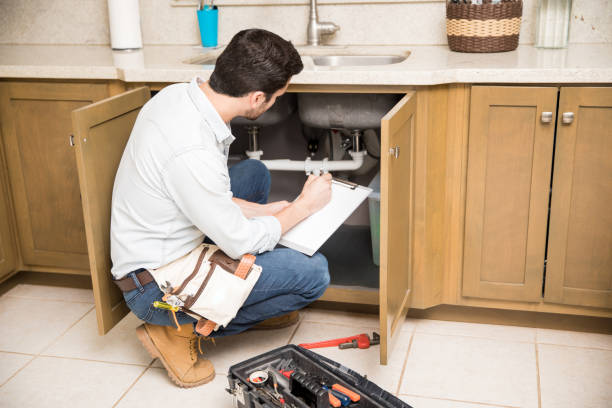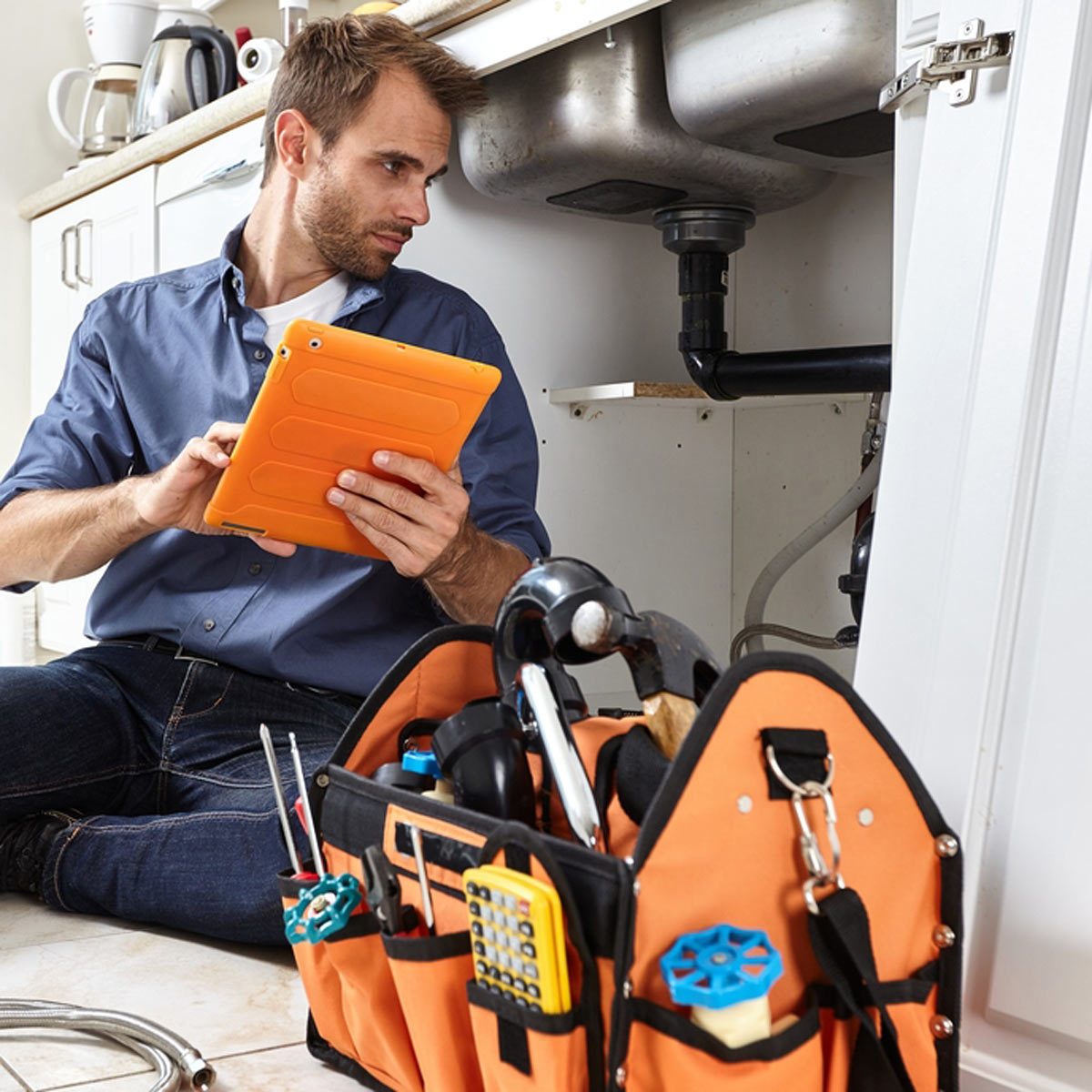The publisher is making a few good observations on When to DIY and When to Call a Professional Plumber as a whole in this post followed below.

Introduction
Plumbing problems can vary from minor hassles to major migraines, usually motivating homeowners to determine in between tackling the problem themselves or hiring a professional plumber. Recognizing when to DIY and when to seek specialist assistance can save time, cash, and avoid potential catastrophes. This article discovers the elements to think about when making this critical decision.
Advantages of DIY Plumbing
Tackling plumbing tasks on your own can be satisfying in numerous methods, especially for less complex jobs.
Price Cost savings
Do it yourself pipes tasks frequently save money by staying clear of specialist service charge. Tasks like fixing minor leaks, changing taps, or mounting brand-new showerheads are examples where property owners can deal with repair work without working with a plumber.
Skill Enhancement
Engaging in DIY plumbing offers an opportunity to learn and boost practical skills. Standard tasks empower property owners to understand their pipes systems far better and obtain self-confidence in taking care of little repair work individually.
Dangers of Do It Yourself Plumbing
While do it yourself jobs supply benefits, particular dangers need to be very carefully considered prior to trying repair work.
Intricacy of Jobs
Some plumbing problems call for specialized expertise and tools beyond normal home owner capabilities. Mishandling complicated issues can lead to further damage and expensive repair work.
Security Worries
Collaborating with pipes systems includes dangers such as exposure to water damage, capacity for electric dangers, and managing devices improperly. Safety precautions must be observed to prevent accidents and ensure reliable fixings.
Indicators to Call a Specialist Plumbing Professional
Recognizing when a plumbing issue goes beyond do it yourself abilities is crucial to preventing getting worse problems.
Indications of Complicated Concerns
Instances include:
Motivate professional intervention is essential to address these problems properly and minimize damage.
Do It Yourself Pipes Tips
For effective do it yourself pipes, it's essential to be prepared with the right tools and comply with appropriate procedures.
Fundamental Tools and Materials
Key tools for DIY plumbing:
Step-by-Step Guides
Clear directions make certain risk-free and efficient do it yourself repair services:
Picking the Right Time to Do It Yourself
Figuring out when to deal with pipes tasks yourself needs evaluating both the complexity of the concern and personal comfort levels.
Assessment Checklist
Think about:
When to Definitely Call a Professional
Certain situations demand immediate expert attention to prevent extensive damage or safety and security hazards.
Instances consist of:
Searching for and Employing a Professional Plumbing Technician
Choosing a certified plumber makes certain trustworthy service and assurance in dealing with pipes problems.
Standards for Selection
Factors to take into consideration:
Cost Analysis: DIY vs. Professional Providers
Comparing the financial implications of DIY efforts versus professional plumbing solutions helps in making notified decisions.
Financial Considerations
Assess:
Final thought
Making a decision whether to do it yourself or call a specialist plumbing technician rests on recognizing the complexity of plumbing issues and individual abilities. By evaluating the advantages and risks, house owners can make informed choices that advertise efficient upkeep and guard their homes from plumbing disasters.
DIY Plumbing Projects: What Homeowners Can Do and When to Call a Professional
Welcome to our comprehensive guide on DIY plumbing projects. In this blog post, we aim to empower homeowners with the knowledge and skills to tackle basic plumbing tasks around the house. From unclogging drains to fixing a leaky faucet, we’ll walk you through step-by-step instructions on how to handle these common issues.
However, not all plumbing problems can or should be solved with a DIY approach. Recognizing when a problem is beyond your skill level and requires professional intervention is just as important as knowing how to perform basic tasks. We’ll also discuss the signs that indicate it’s time to put down your tools and pick up the phone to call a professional plumber. By understanding when to DIY and when to call a professional, you can save time, avoid potential disasters, and ensure your home’s plumbing system remains in top shape.
Understanding Plumbing Basics
Before we dive into the DIY projects, let’s take a moment to understand the basics of your home’s plumbing system. A typical residential plumbing system consists of two major components: the water supply system, which brings fresh water into your home, and the drainage system, which removes waste water. These systems are made up of a network of pipes, valves, and fixtures that work together to deliver clean water and dispose of waste efficiently.
Regular maintenance of your plumbing system is crucial to prevent minor issues from escalating into major problems. This includes tasks like checking for leaks, removing minor clogs, and ensuring your pipes are insulated for winter. By performing these tasks regularly, you can extend the lifespan of your plumbing system, save money on water bills, and maintain the comfort and hygiene of your home.
In the following sections, we’ll explore some common DIY plumbing projects that homeowners can handle, as well as situations that require the expertise of a professional plumber. Whether you’re a seasoned DIY enthusiast or a beginner, this guide will provide you with valuable insights into the world of home plumbing.
DIY Plumbing Projects Homeowners Can Handle
Plumbing may seem intimidating, but there are several tasks that homeowners can confidently tackle with a little guidance and the right tools. Here are a few common issues you might encounter and how to address them.
Unclogging Drains
Use a Plunger: This is your first line of defense. A good old-fashioned plunger can dislodge the obstruction and clear the drain in many cases. Try a Plumber’s Snake or Hand Auger: If the plunger doesn’t work, a plumber’s snake or hand auger can reach deeper into the pipe to break up the clog. Use a Drain Cleaner: If physical methods fail, a chemical drain cleaner can dissolve the clog. However, use these products sparingly as they can damage your pipes if overused.

I ran across that blog entry on when browsing the internet. Appreciated our post? Please quickly share it. Let somebody else find it. Thanks for being here. Come back soon.
Call Today